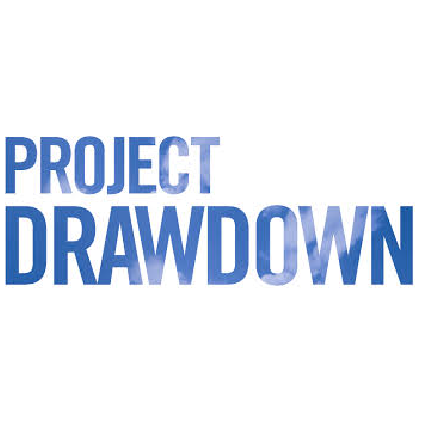
EcoEducation: Introduction to Project Drawdown
Project Drawdown’s mission is to help the world reach “Drawdown”— the point in the future when levels of greenhouse gases in the atmosphere stop climbing and start to steadily decline, thereby stopping catastrophic climate change — as quickly, safely, and equitably as possible. The EcoClub watched a presentation made by Jonathan Foley, Executive Director of Project Drawdown, to Rotary.
First Foley laid out some of the climate issues we are facing. Issues such as there has been more change in the last 50 years than in the entirety of human history. Issues such as there has been a 50% increase in CO2 since 1850 when Eunice Foote was the first scientist to hypothesize that an increase in CO2 warms the planet.
Then he quickly moved to emphasize that this is not a hopeless situation. It is not inevitable that our planet will warm to a degree that makes our lives unrecognizable. We have choices and we still get to build the future we want. Project Drawdown is about sharing solutions as widely as possible. Drawdown refers to the point in time when CO2 gasses stop increasing, stabilize, and then start decreasing. We have two levers to pull to get to drawdown - 1) Bring the sources of CO2 to zero and 2) maintain the natural carbon sinks that already exist.
When thinking about our naturally occurring sinks, Oceans and forests absorb 40% of the greenhouse gasses we emit.
When thinking about the sources of CO2 emissions, 5 categories create 90% of CO2:
- electricity production (answers focus on ways to use less and make it differently using wind and solar)
- food production (answers include stopping deforestation for farmland, reducing methane production from animals and rice fields, stopping over fertilizing and eliminating food waste)
- industry (answers include finding alternatives to refrigerant and finding new ways to produce cement)
- transportation (road based transportation contributes the most CO2 as opposed to air based transportation)
- buildings (residential buildings contribute more to CO2 emissions than commercial buildings
Find out more about Project Drawdown by viewing their table of solutions that quantifies the impact of each solution and by watching the 2018 TED Talk from Chad Frischmann.
